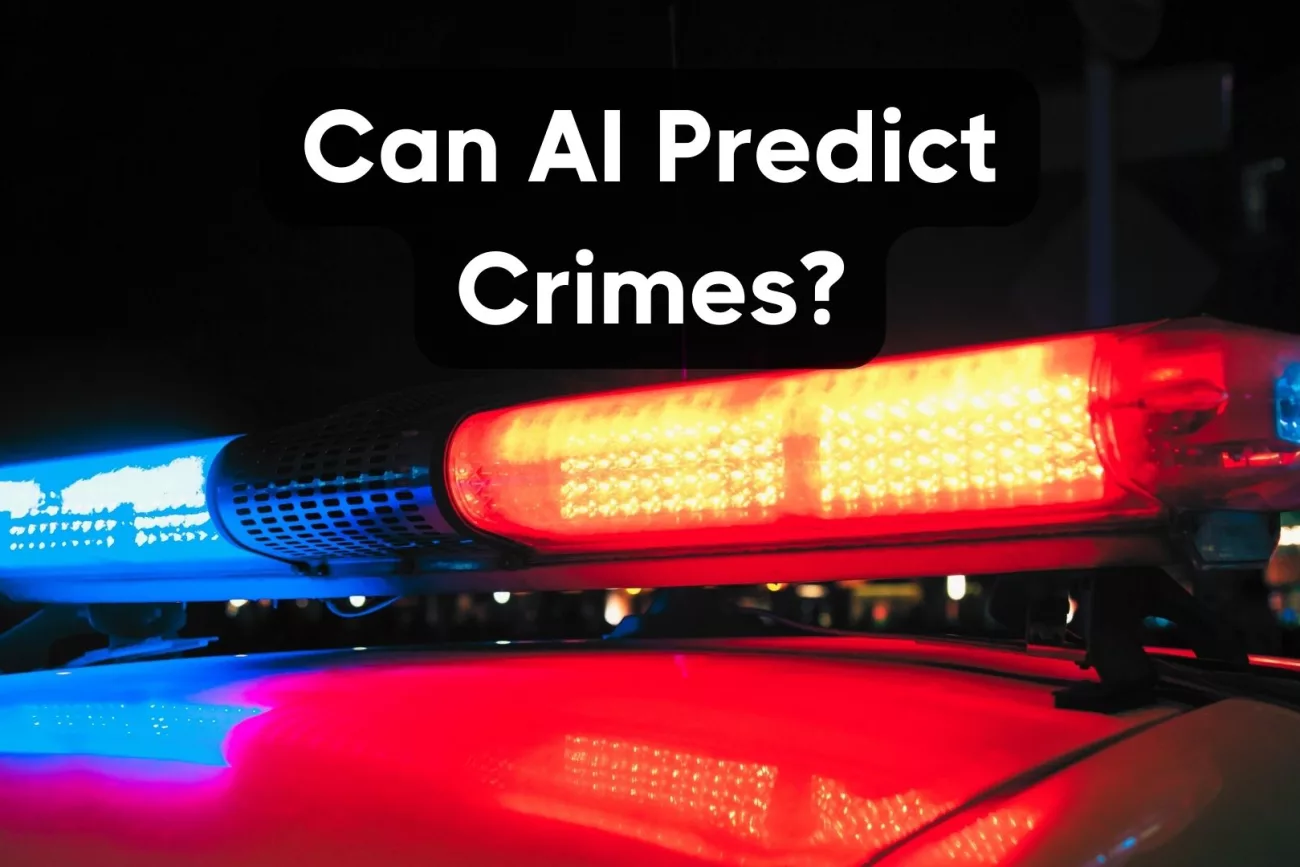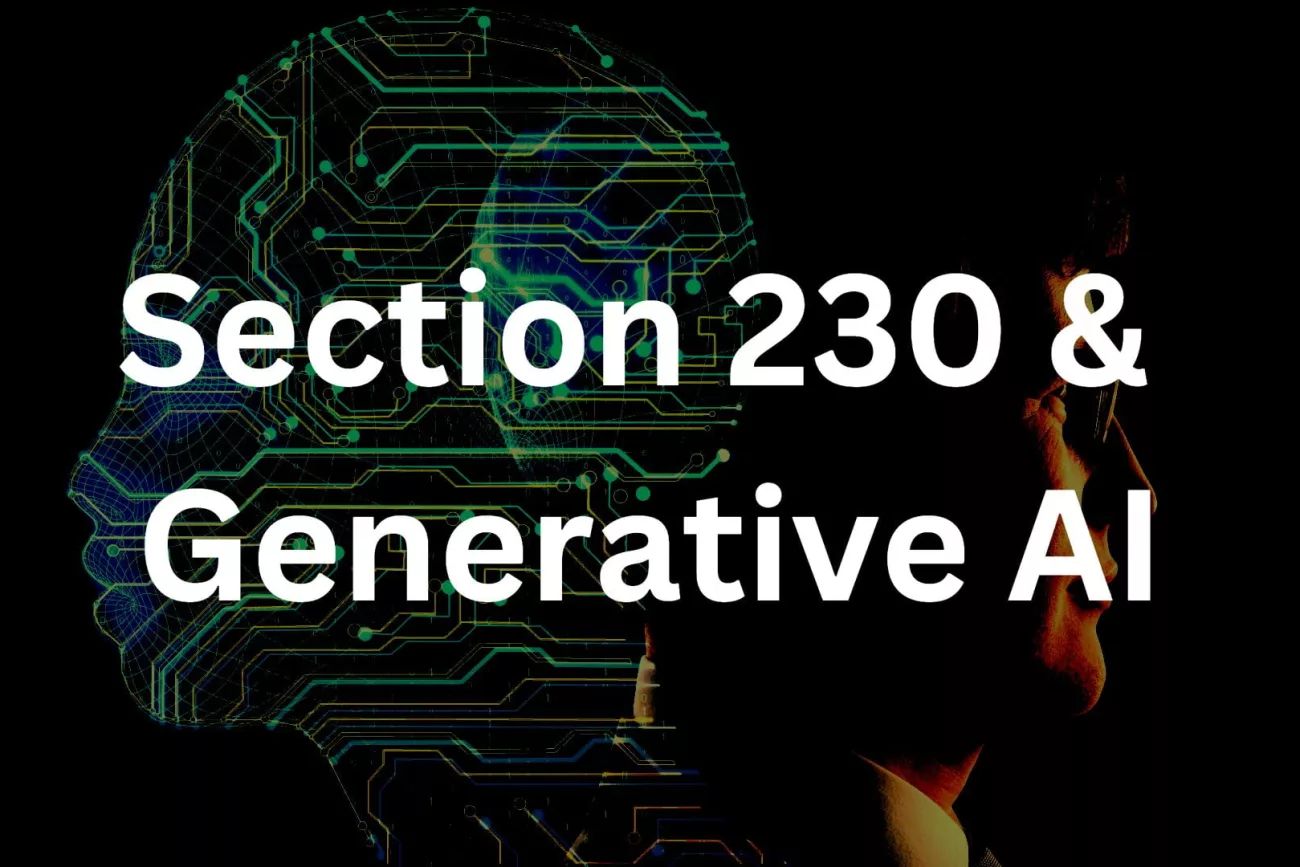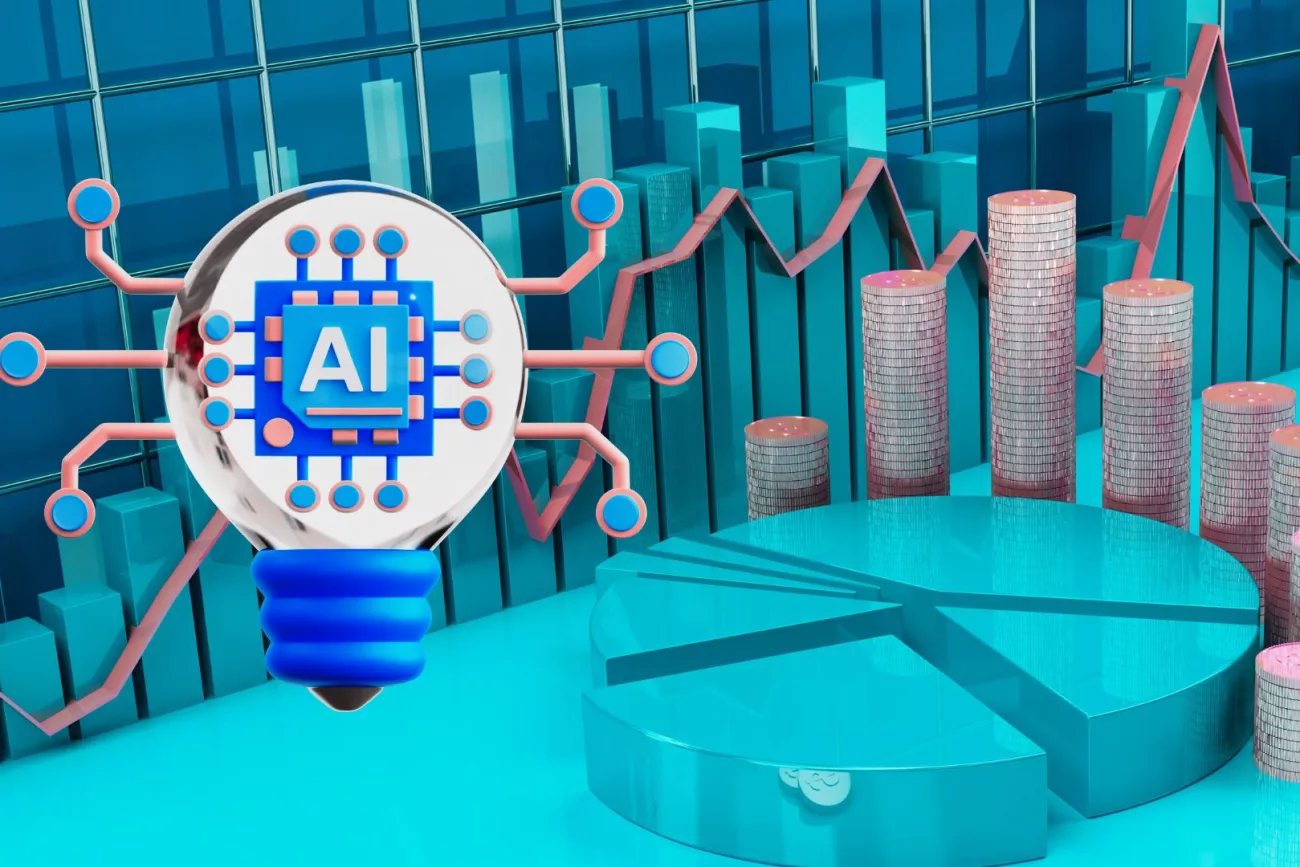
Key Points:
- An AI model developed by researchers at the University of Chicago can predict the location and rate of crime across a city with up to 90% accuracy a week in advance1.
- The AI model was trained on historical crime data from several major US cities and showed similar performance across all1.
- The researchers acknowledge that the data used by the model could be biased but they have taken measures to reduce the effect of bias and emphasized that the AI does not identify suspects, only potential sites of crime1.
- The researchers suggest that the AI’s predictions could be used to inform policy at a high level, rather than being directly used to allocate police resources. They also used the data to expose areas where human bias is affecting policing1.
Introduction
Emerging technology like artificial intelligence (AI) continues to revolutionize our society, offering promise in areas such as healthcare, transportation, and even criminal justice. In the sphere of law enforcement, AI has shown potential in predicting crimes before they occur – a prospect that seems straight out of a sci-fi movie. But while this technological advance could enhance public safety, it raises critical questions about ethics, privacy, and systemic bias.
While some see AI as a valuable precautionary tool, others argue that it may reinforce societal prejudices. Is AI in criminal justice a step toward a safer society or a dangerous path toward unchecked prejudice? Share your thoughts in the comments as we explore this controversial issue, or join the conversation with #AICrimePrediction on LinkedIn.🚀🔮
The Promise of AI in Predicting Crimes
As we stand on the brink of the fourth industrial revolution, artificial intelligence (AI) is dramatically transforming our societies. One of the most compelling—and contentious—applications of AI is within the field of law enforcement, where AI systems are now being deployed to predict crimes.
AI Crime Prediction: From Sci-fi to Reality
Imagine a future where law enforcement can accurately predict the location and rate of crime across a city, a week in advance, with up to 90% accuracy. This isn’t a sci-fi blockbuster plot; it’s the groundbreaking research from the University of Chicago1. The study used an AI model to analyze historical crime data, predicting crime levels across various US cities with an astonishing level of accuracy.
The Benefits of AI in Crime Prediction
The potential benefits of AI in crime prediction are vast and complex:
- Efficient Resource Allocation: By predicting where and when crimes are likely to occur, law enforcement can optimize operations, strategically deploying resources instead of reacting.
- Proactive Policing: Forecasting crime hotspots allows for preventative measures, potentially stopping crimes before they occur. This could shift policing from a reactive model to a proactive one.
- Insights into Crime Patterns: AI crime prediction could offer insights into crime patterns and trends, allowing for more effective crime prevention strategies. Policymakers can target interventions at the root causes of crime hotspots.
Controversy Surrounding AI Crime Prediction
However, the use of AI in crime prediction isn’t without controversy. The promise of a safer future also brings up complex ethical questions about privacy, bias, and accountability. We must carefully balance technological progress with ethical responsibility.
Join the Conversation
The potential of AI in predicting crimes is both tantalizing and terrifying. As we move towards this brave new world, it’s crucial that we engage in robust public discourse about the implications of this technology. We invite you to join the conversation. Do you believe that AI could revolutionize law enforcement? Or are you concerned about potential pitfalls? Share your thoughts with the hashtag #AIinPolicing 🧠🚀.
The Peril: Perpetuating Prejudice
The debate over the use of artificial intelligence (AI) in predictive policing is a tumultuous one. While the potential benefits are tantalizing, the risks are equally alarming. This technology, which promises to revolutionize law enforcement, comes with a chilling shadow: the risk of perpetuating and amplifying existing societal biases.
The Controversy in Context
To understand the controversy, one must examine the history of AI in law enforcement, a landscape marred by heated debates and ethical concerns. Central to these debates is the potential of AI systems to perpetuate racial bias, deepening societal divisions1.
Consider the case of the Chicago Police Department’s algorithm. This tool, designed to predict involvement in shootings, either as a victim or perpetrator, sparked a significant controversy. The algorithm’s details, initially kept secret, stirred transparency and accountability issues. When finally disclosed, the results were shocking: 56% of Black men aged 20-29 in Chicago were on the list1.
The Crux of the Controversy
This alarming statistic underscores the controversy’s crux: AI, trained on historically biased data, can unwittingly reinforce existing prejudices. The algorithm, not inherently racist, learned from the data it was fed. Unfortunately, this data was a reflection of our society, complete with its inherent biases. Consequently, the AI system, designed for predictive policing, ended up perpetuating racial bias.
The Bias Feedback Loop
Herein lies the dilemma: how can an unbiased machine perpetuate bias? AI systems learn from data, and that data mirrors our society, reflecting all our biases, conscious or unconscious. When trained on biased data, AI algorithms learn and perpetuate these biases in their predictions. This creates a vicious cycle where biased predictions reinforce biased practices, leading to more biased data and, consequently, more biased predictions.
A Heated Debate
This situation stirs a contentious question: Do AI’s potential benefits in law enforcement outweigh the risk of perpetuating societal biases? Is the efficiency of predictive policing worth deepening societal divisions? Or should we halt AI use in law enforcement until we can eliminate these biases?
The discourse is fiery, with fervent arguments on both sides. Some assert that predictive policing’s benefits are too vital to ignore, while others maintain that the risk of bias is too severe to dismiss lightly.
What’s your take? Do you believe the risk outweighs the benefits, or vice versa? Share your thoughts and enrich the conversation. Use the hashtag #AIandBias and make your voice heard. 🚫💡
Balancing Precaution and Prejudice: The Intersection of AI and Law Enforcement
The integration of artificial intelligence (AI) into law enforcement has stirred a cauldron of controversy. The potential to predict crime with unprecedented accuracy on one side; the concern about perpetuating societal biases on the other. Navigating this ethical minefield, the question arises: How do we balance the power of AI with the responsibility to prevent prejudice?
Predictive Power and Prejudice
Dr. Ishanu Chattopadhyay, a leading researcher from the University of Chicago, developed an AI model that predicts crime with a remarkable 90% accuracy. Yet, he acknowledges a significant concern: the potential bias in the data AI models train on. This bias could influence predictions and further entrench systemic biases.
The research team has taken measures to reduce bias in their model. Chattopadhyay emphasizes that their AI model does not identify potential criminals. Instead, it focuses on potential crime sites1. This shift in focus is a critical distinction, though controversy persists.
Critics argue that flagging areas could inadvertently target specific communities. The AI is trained on data reflecting historical crime rates, which are influenced by past policing practices and societal biases. Consequently, the AI might predict higher crime rates in over-policed or disadvantaged areas, thereby perpetuating bias.
A Shift in Perspective
Chattopadhyay suggests a different approach: using the AI’s predictions to inform policy at a higher level1. This shift in perspective offers a new way to leverage AI’s predictive capabilities without further entrenching societal biases.
Instead of guiding immediate policing practices, these AI predictions could be used to identify areas needing resources for crime prevention. This could mean social initiatives, education programs, or community development projects, rather than increased police presence. The focus shifts to preventative measures and long-term strategies, minimizing the potential harm caused by perpetuating biases in policing.
Ongoing Controversies
Critics maintain that even this approach could lead to disproportionate resource allocation. Wealthier neighborhoods might receive more funds for crime prevention, perpetuating inequality. Despite the controversy, the conversation is a step forward. It forces us to confront uncomfortable truths about our society and how we might inadvertently reinforce them through technology.
Striking a Delicate Balance
The intersection of AI and law enforcement calls for a delicate balance. It’s not a question of whether we should use AI, but how. We need to find the sweet spot between leveraging AI’s power to enhance law enforcement and ensuring we don’t inadvertently perpetuate existing biases.
What are your thoughts on this balance? How can we harness the power of AI for law enforcement without deepening societal divides? Share your insights with the hashtag #BalancingAI. Let’s provoke thought, incite debate, and drive change together. ⚖️👩💻
Exposing Hidden Biases with AI
Artificial Intelligence (AI) has brought forth a new wave of possibilities across various sectors, including law enforcement. While AI’s capability to process vast data and identify unnoticed patterns makes it a game-changer, one often-overlooked aspect is its potential to expose biases in policing. This potential is both controversial and transformative.
AI in Predictive Policing
A recent study underscored AI’s use in predicting crime rates with a remarkable 90 percent accuracy. The predictive model, developed by University of Chicago researchers, was trained on historical crime data from major US cities. While predicting crime locations and not suspects, the model unveiled an intriguing revelation about biases in policing1.
Unveiling Inherent Biases
Researchers analyzed arrests made after crimes in Chicago neighborhoods of different socioeconomic levels. The results were unsettling. There was a clear discrepancy in the arrests made in wealthier versus poorer areas, with wealthier areas seeing significantly more arrests. This data suggests an inherent bias in police responses, favoring wealthier areas1.
Controversy in Data Interpretation
Interpretation of this data is where the controversy lies. Some argue the discrepancy is due to higher crime rates in poorer neighborhoods, which results in fewer arrests due to the volume of crime. Others argue it indicates a systemic bias where wealthier areas receive more police attention. Regardless, AI’s ability to highlight such bias stimulates an important conversation about fairness in policing.
AI: A Tool for Transparency and Fairness
The question now is: can AI be used to make policing more transparent and fair? The answer, while complex, leans towards yes. Ethically and responsibly used AI can help identify bias patterns in law enforcement, inform policy and training, lead to more equitable resource distribution, and improve community policing effectiveness. However, it’s crucial to remember that AI’s reliability is directly tied to its training data. Hence, any attempt to use AI in this context must be accompanied by efforts to ensure the data is comprehensive, unbiased, and representative.
The Potential and Challenges of AI
While the potential of AI to expose hidden biases and enhance policing transparency is promising, it’s not a silver bullet. AI is a tool, and its impact depends on how it’s used. The real challenge lies in addressing the systemic issues causing such biases. Yet, AI can be a catalyst for change, sparking crucial conversations and paving the way for a more equitable society.
As we marvel at AI’s wonders, let’s also ponder: What other ways can AI be used to improve our societies? The exploration of AI’s potential is only beginning, and the possibilities are endless. Join the conversation and share your thoughts on how AI can drive societal improvement. Let’s get the conversation going! #AIforGood 🌐💫
Conclusion
AI’s role in predicting crimes presents both remarkable possibilities and significant ethical concerns. The debate over whether it’s a precautionary measure for publicsafety or a potential catalyst for societal prejudice is far from over. The technology has shown promise in enabling law enforcement to anticipate and prevent crime more effectively, yet the risk of ingraining and amplifying existing societal biases is a pressing concern.
As we continue to navigate this complex landscape, it’s crucial to engage in an ongoing dialogue about the ethical implications of AI in law enforcement. Researchers, law enforcement agencies, policy-makers, and the public must collaborate to ensure that as we leverage AI’s capabilities, we also mitigate its risks.
We need to be proactive in shaping the trajectory of AI in law enforcement, rather than reactive. We should strive to understand and address potential bias in data, ensure transparency in the use of AI tools, and instigate measures to prevent misuse. Just as AI learns from its input data, we too must learn from our experiences and adjust our approach accordingly.
In a world where the lines between science fiction and reality blur, it’s more important than ever to engage in informed, thoughtful conversations about the future we’re creating. So, whether you’re an AI enthusiast, a law enforcement professional, a policy-maker, or a concerned citizen, your voice matters. Share your perspectives and let’s shape the future of law enforcement together.
Join the conversation using the following LinkedIn hashtags and let’s continue to discuss and debate this controversial issue:
- #AIinPolicing 🧠🚀: Discuss the broader implications and applications of AI in law enforcement.
- #AIandBias 🚫💡: Share your thoughts on how to identify and mitigate bias in AI.
- #BalancingAI ⚖️👩💻: Reflect on how we can balance the benefits and risks of AI.
- #AIforGood 🌐💫: Explore how AI can be harnessed for societal good.
- #AICrimePrediction 🤖🚔💡: Delve into the specific topic of using AI for predicting crimes.
Let’s take this opportunity to harness the power of AI responsibly, ensuring that it serves as a tool for justice, not a mechanism for prejudice. The future is in our hands. Let’s shape it together. 🌐💬👮♀️














